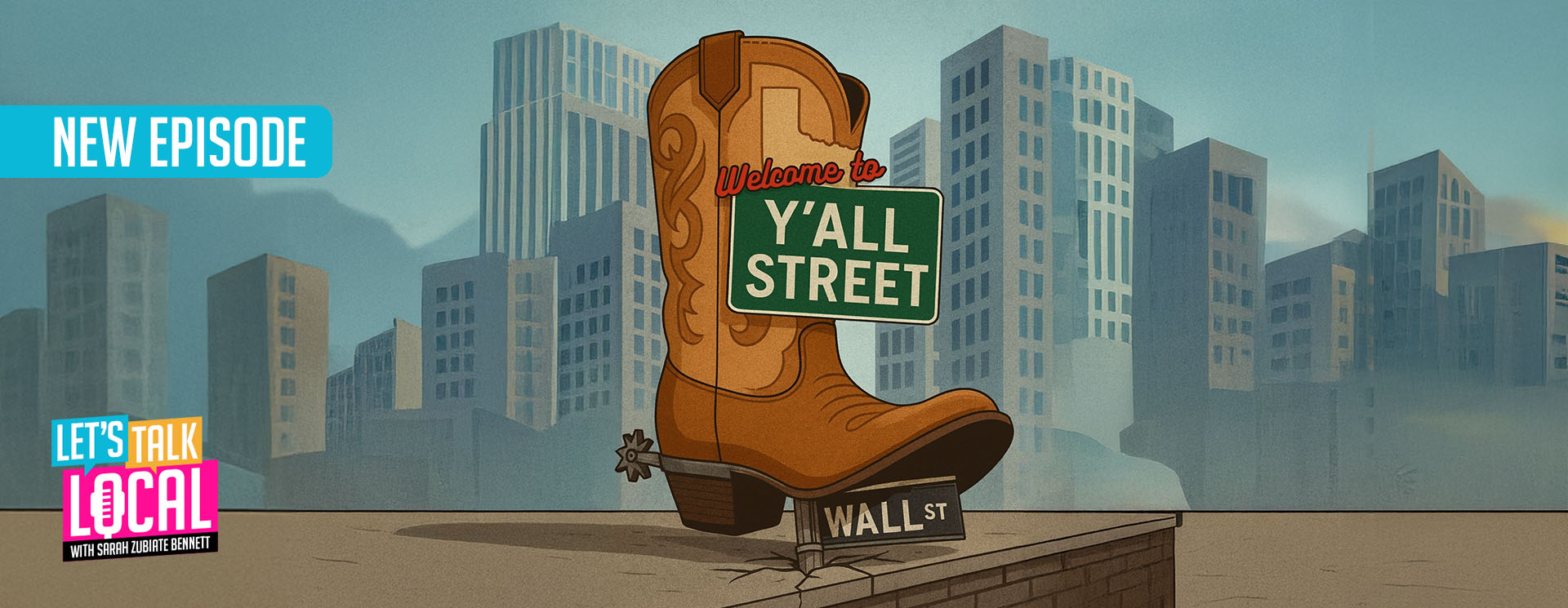Inflation nudged down in May, marking the smallest annual gain since April 2021, according to the Fed’s leading inflation indicator.
The personal consumption expenditures price index (PCE), which measures the value of all goods and services purchased in the U.S., rose at an annual rate of 3.8% in May, down from 4.3% the month prior and nearly half the rate from a year earlier, the Bureau of Economic Analysis (BEA) reported Friday.
Even though PCE inflation fell slightly in May, economist Andrew Hunter of Capital Economics believes it is not enough to sway the Federal Reserve from issuing more rate hikes.
“Overall, there is little here to stop the Fed from hiking rates again at the late-July [Fed] meeting,” said Hunter, per USA Today. “But, with consumption growth and core inflation losing momentum, we still think that hike will prove to be the last.”
Core PCE inflation, which strips out the volatile energy and food price component from the index, rose to 4.6% year-over-year in May, down from an annual rate of 4.7% in April, according to the report. On a month-over-month basis, Core PCE inflation rose 0.3% in May after rising 0.4% the month prior.
The report’s other highlights in May included personal income increasing by $91.2 billion, disposable personal income (personal income minus taxes) increasing by $86.7 billion, and personal consumption expenditures increasing by $18.9 billion.
“The $18.9 billion increase in current-dollar PCE in May reflected an increase of $52.0 billion in spending for services that was partly offset by a $33.1 billion decrease in spending for goods,” BEA said in the report.
The leading contributors to increases in services, according to the report, were health care (led by outpatient services), other services (led by international travel), and transportation services (led by air transportation). The leading contributors to decreases in goods were seen in gasoline, motor vehicles and parts, and energy.
While economic data indicate that U.S. inflation has eased in 2023, the Fed’s most recent Summary of Economic Projections suggests that there is still a long way to go before inflation reaches the central bank’s 2% target.
Federal Reserve members have a median projection of two rate hikes and a target range of 5.5% to 5.75%. As of June 2023, the current fed funds rate was 5% to 5.25%, the highest range since the financial crisis.


